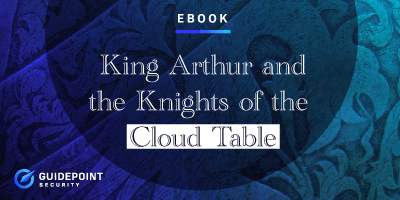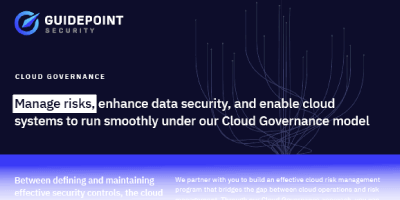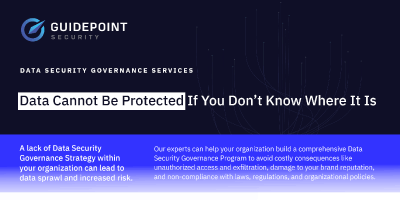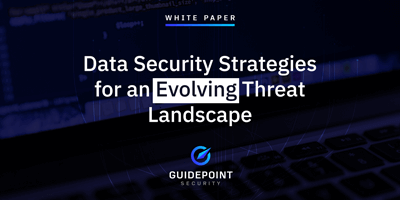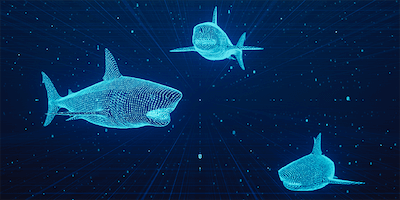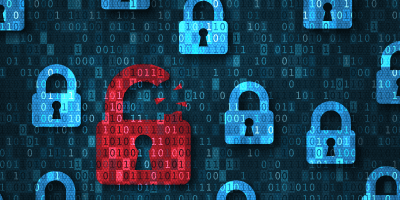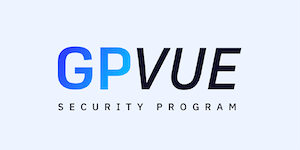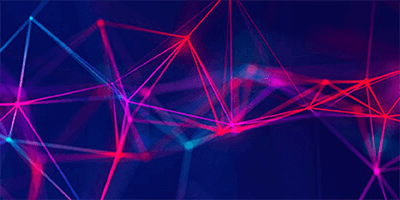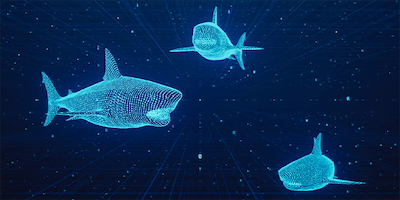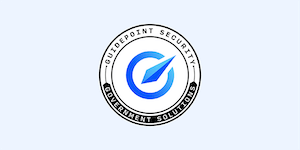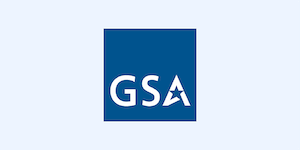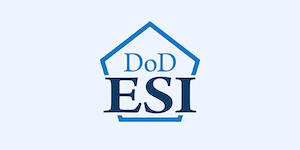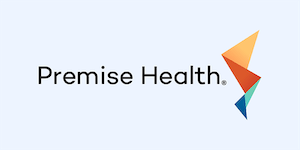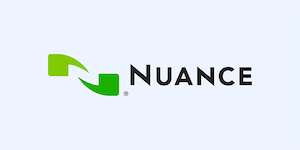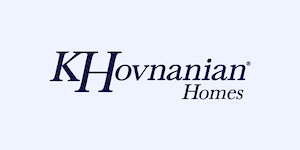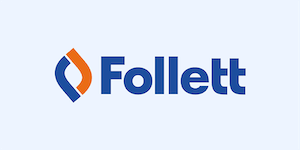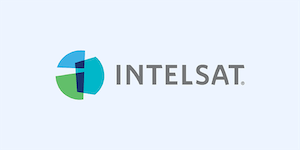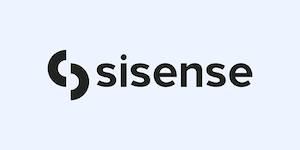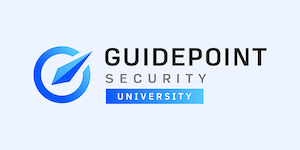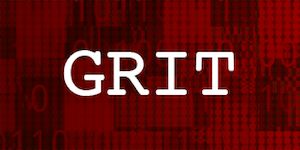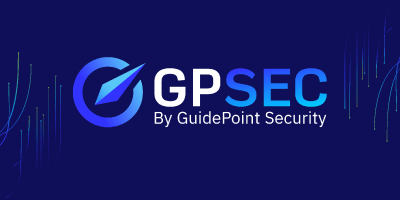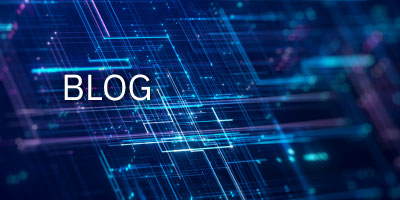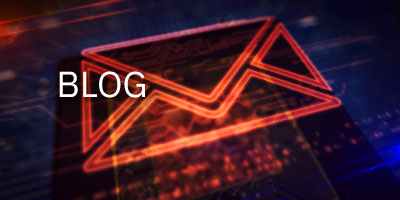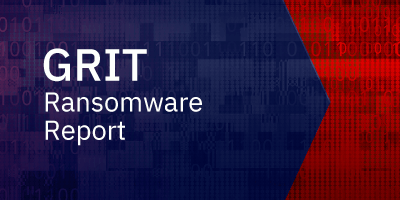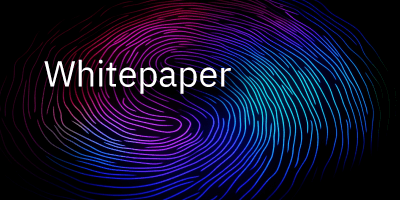Identity Governance & Administration (IGA) is a set of tools and processes that gives the right people, and entities access to the right resources, data, and applications at the right time.
Gartner states: “IGA provides administrative control of digital identities and access rights across multiple systems for multiple user types — members of the workforce, partners, and machines. IGA tools aggregate, correlate, and orchestrate disparate identity and access rights data distributed throughout an organization’s IT ecosystem.”
Whose access is determined by Identity Governance & Administration (IGA)?
IGA supports the access by employees - whether onsite, remote, or hybrid - to third parties and suppliers, including business partners, customers, and contractors. IGA also determines and manages the access of digital and machine-based entities.
What is a digital entity in Identity Governance & Administration (IGA)?
Identity Governance & Administration (IGA) digital and machine-based entities include APIs, IT tools, robots, and Internet of Things (IoT) devices. With the increased digitization of business, the number of machine-based entities is proliferating, highlighting the importance of IGA.
What is the core of Identity Governance & Administration (IGA)?
IGA typically includes the following capabilities to manage and monitor user and entity access across systems:
- Role management
- Policy management
- Password management
- Lifecycle management
- User provisioning
- Access request
- Access certification and recertification
What is the impact of the Cloud on Identity & Governance Administration?
As businesses increase the use of cloud-based platforms and cloud-based applications, whether dedicated, hybrid, or multi-cloud models, the number and complexity of devices for access management increases. This means that Identity & Governance Administration (IGA) must have the processes, systems, and flexibility to incorporate cloud infrastructure, and devices, alongside your non-cloud devices and access requirements.
What can I streamline by using IGA?
Identity & Governance Administration allows for streamlining core processes and systems related to user access, including password management, user provisioning, certification, and access requests.
Why is IGA fundamental to security and risk programs?
IGA is fundamental to security and risk programs because it manages – and automates - the access rights and interactions of employees, customers, partners, and digital and machine entities with networks and IT systems. IGA mitigates identity-related threats, meets compliance requirements and governance guidelines, and delivers operational efficiencies.
What are the core components of IGA?
Gartner defines the following capabilities as mandatory for an IGA suite to meet a typical organization’s needs, along with analytics and reporting:
- Attestation or access certification
- Entitlement management
- Identity lifecycle management
- Provisioning via automated connectors and service tickets
- Support for access requests
- Workflow orchestration
How Can IGA Tools Help Businesses?
IGA platforms allow organizations to ensure that the right people have the right access to resources, data, and applications for only as long as they require that access. To that end, let's delve deeper into the ways that IGA software can cut operational costs, reduce risk, enhance regulatory compliance and audit performance, improve user experience, and ultimately strengthen an organization's identity security.
Fewer Operational Costs
IGA tools play a crucial role in reducing operational costs by streamlining processes; the efficient management of user identities and access rights is directly linked to more streamlined business operations. Thanks to the automation of user provisioning and role management tasks, IGA tools can significantly cut down an organization's time and resources that would be otherwise dedicated to manual processes. By minimizing time-consuming tasks that relate to access and identity management, organizations can more efficiently allocate their resources and ultimately enjoy significant cost savings.
Less Risk and More Security
IGA tools play a crucial role in enhancing organizational security and reducing risks. By implementing a robust IGA system, organizations can gain better control over who has access to their critical systems and data. This proactive approach to managing digital identities, including employees, contractors, and partners, significantly mitigates the risks associated with unauthorized access.
Data breaches, often caused by compromised credentials or insider threats, can be substantially reduced with effective IGA tools. These tools enable organizations to enforce strict access controls and policies, ensuring that only authorized individuals have access to sensitive information. Regular audits and compliance reports generated by IGA systems further strengthen security by identifying and rectifying any inappropriate access rights.
Enhance Compliance and Audit Performance
IGA tools are vital for businesses to meet stringent regulatory requirements. They provide a centralized view of access rights across the organization, simplifying the monitoring, reporting, and adjustment of permissions. This centralization is crucial in today's regulatory environment, where regular audits are mandatory. IGA tools streamline the audit process, making it easier to demonstrate compliance with various regulations. By integrating features like multi-factor authentication, these tools enhance security protocols, further ensuring compliance. Their ability to track and manage access rights efficiently helps companies avoid legal repercussions, maintaining a compliant and secure operational framework.
Improved User Experience
Identity governance implementation is a collaborative effort involving IT, security, and business leaders. This process begins with defining clear roles, policies, and access controls tailored to organizational needs. Stakeholder alignment is critical to ensure these definitions reflect both security requirements and business objectives. Following this, the technical deployment involves integrating IGA software into the existing IT infrastructure.
This integration streamlines the management of user identities and access privileges. Post-deployment, continuous monitoring is essential to safeguard against evolving threats and adapt to changing regulations. Regular strategy reassessments, involving all stakeholders, are crucial to maintaining an effective and responsive identity governance framework, ensuring it remains aligned with the dynamic landscape of cybersecurity and compliance.
What is the future of IGA?
At GuidePoint Security, we see several IGA trends taking shape across our customer base:
- Continued support of cloud-based IGA, including multi-cloud and multi-vendor scenarios
- Increased complexity of more decentralized architectures
- Use of analytics and predictive analytics
- Increased intelligence in IGA automation
What are some of the planning considerations for IGA?
Successful IGA requires planning and stakeholder involvement. Areas for consideration when planning IGA include:
- Defining and communicating identities
- Clarity on the role of identities and their respective needs
- Set program objectives
- Communicate scope and objectives with stakeholders
- Plan for future growth, new ways of working, and additional services
How does identity governance implementation work?
How to start with IGA?
GuidePoint Security helps organizations plan, design, build, test, and implement IGA. Our comprehensive identity governance and administration services shape the requirements to create an IGA capability that delivers value to an enterprise based on key program attributes. We support IGA user adoption and organizational support through stakeholder communication during the project lifecycle and training for operational teams.
